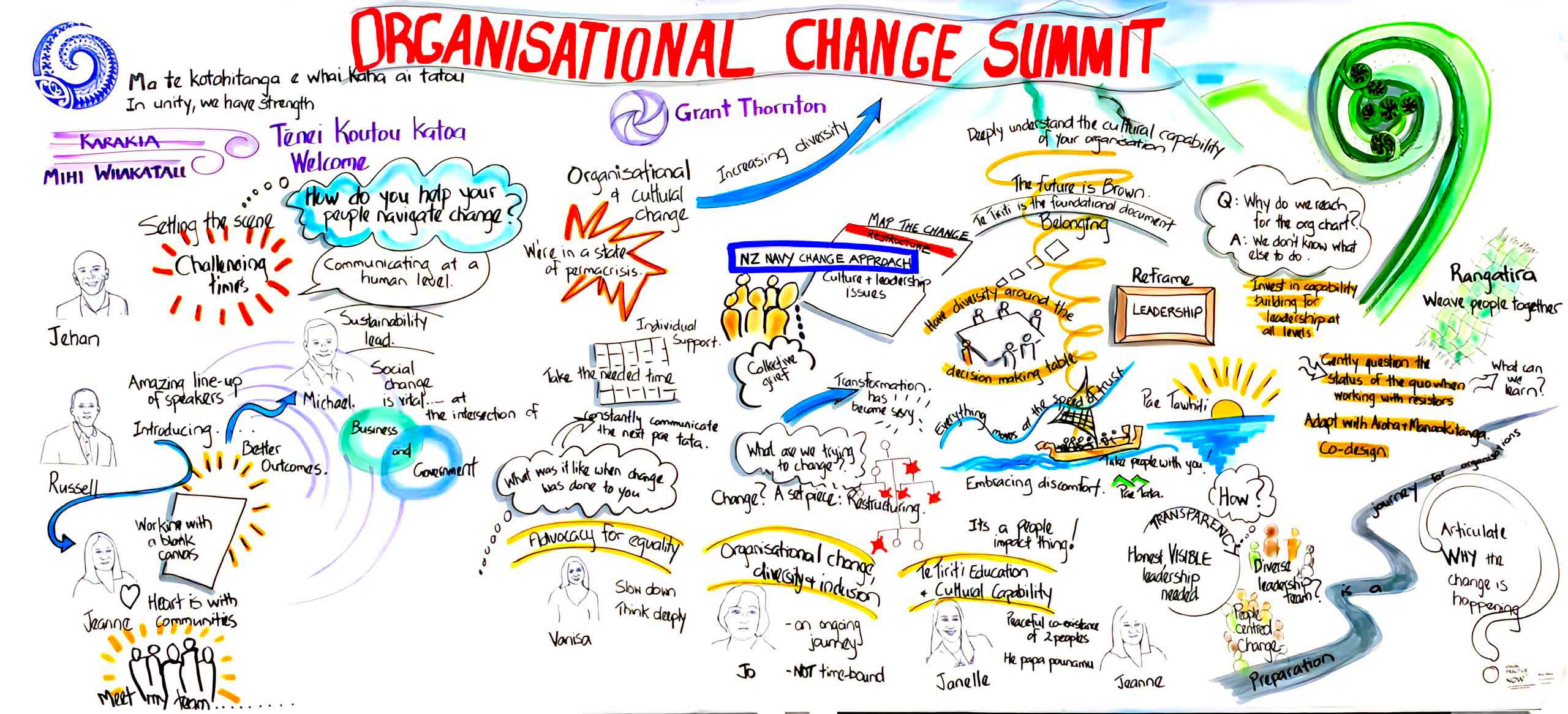-
Business valuations
We offer expert valuation advice in transactions, regulatory and administrative matters, and matters subject to dispute – valuing businesses, shares and intangible assets in a wide range of industries.
-
Capital markets
You need corporate finance specialists experienced in international capital markets on your side if you’re buying or selling financial securities.
-
Complex and international services
Our experience of multi-jurisdictional insolvencies coupled with our international reputation allows us to deliver the best possible outcome for all stakeholders.
-
Corporate insolvency
Our corporate investigation and recovery teams can help you manage insolvency situations and facilitate the best outcome.
-
Debt advisory
An optimal funding structure for your organisation presents unprecedented opportunities, but achieving this can be difficult without a trusted advisor.
-
Expert witness
Our expert witnesses analyse, interpret, summarise and present complex financial and business-related issues which are understandable and properly supported.
-
Financial models
A sound financial model will help you understand the impact of your decisions before you make them. Talk to us about our user-friendly models.
-
Forensic and investigation services
We provide investigative accounting and litigation support services for commercial, matrimonial, criminal, business valuation and insurance disputes.
-
Independent business review
Is your business viable? Will it remain viable in the future? A thorough independent business review can help your organisation answer these fundamental questions.
-
IT forensics
Effective ESI analysis is integral to the success of your business. Our IT forensics experts have the technical expertise to identify, preserve and interrogate electronic data.
-
Mergers and acquisitions
Grant Thornton provides strategic and execution support for mergers, acquisitions, sales and fundraising.
-
Raising finance
Raising finance - funders value partners who can deliver a robust financial model, a sound business strategy and rigorous planning. We can guide you through the challenges that these transactions can pose and help you build a foundation for long term success once the deal is done.
-
Relationship property services
Grant Thornton offers high quality independent advice on the many financial issues associated with relationship property from considering an individual financial issue to all aspects of a complex settlement.
-
Restructuring and turnaround
Grant Thornton’s restructuring and turnaround service capabilities include cash flow, liquidity management and forecasting; crisis and interim management; financial advisory services to companies and parties in transition and distress
-
Transaction advisory
Our depth of market knowledge will steer you through the transaction process. Grant Thornton’s dynamic teams offer range of financial, commercial and operational expertise.
-
Corporate tax
Grant Thornton can identify tax issues, risks and opportunities in your organisation and implement strategies to improve your bottom line.
-
Employment tax
Grant Thornton’s advisers can help you with PAYE (payroll tax), Kiwisaver, fringe benefits tax (FBT), student loans, global mobility services, international tax
-
Global mobility services
Our team can help expatriates and their employers deal with tax and employment matters both in New Zealand and overseas. With the correct planning advice, employee allowances and benefits may be structured to avoid double taxation and achieve tax savings.
-
GST
GST has the potential to become a minefield and can be expensive when it goes wrong. Our technical knowledge can help you minimise the negative impact of GST
-
International tax
International tax rules are undergoing their biggest change in a generation. Tax authorities around the world are increasingly vigilant, especially when it comes to global operations.
-
Research and Development
R&D tax incentives are often underused and misunderstood – is your business maximising opportunities for making claims?
-
Tax compliance
Our advisers help clients manage the critical issue of compliance across accountancy regulations, corporation law and tax. We also offer business and wealth advisory services, which means we can provide a seamless and tax-effective offering to our clients.
-
Transfer pricing
Tax authorities are demanding transparency in international arrangements. We businesses comply with regulations and use transfer pricing as a strategic planning tool.
-
Audit methodology
Our five step audit methodology offers a high quality service wherever you are in the world and includes planning, risk assessment, testing internal controls, substantive testing, and concluding and reporting
-
Audit technology
We apply our audit methodology with an integrated set of software tools known as the Voyager suite. Our technology has been developed to produce quality audits that are effective and efficient.
-
Financial reporting advisory
Our financial reporting advisers have the expertise to help you deal with the constantly evolving regulatory environment.
-
Business architecture
Our business architects help businesses with disruptive conditions, business expansion and competitive challenges; the deployment of your strategy is critical to success.
-
Cloud services
Our team is led by cloud business experts who tailor services to the needs of your organisation, from strategy and implementation to ongoing services assurance.
-
Internal audit
Our internal audits deliver independent assurance over key controls within your riskiest processes, proving what works and what doesn’t and recommending improvements.
-
IT advisory
Our hands on product experience, extensive functional knowledge and industry insights help clients solve complex IT and technology issues
-
IT privacy and security
IT privacy and security should support your business strategy. Our pragmatic approach focuses on reducing cyber security risks specific to your organisation
-
Organisational & cultural change
The key to sustainable and future growth is a unified organisation operating within a strong cultural context, where transparency and communication are the priority for Kaimahi, and where visible leadership means walking the talk – but where does that journey begin?
-
Payroll assurance
Our specialist payroll assurance team can conduct a review of your payroll system configuration and processes, and then help you and your team to implement any necessary recalculations.
-
PCI DSS
Our information security specialists are approved Qualified Security Assessors (QSAs) that have been qualified by the PCI Security Standards Council to independently assess merchants and service providers.
-
Process improvement
As your organisation grows in size and complexity, processes that were once enabling often become cumbersome and inefficient. To maintain growth, your business must remain flexible, agile and profitable
-
Procurement/supply chain
Procurement and supply chain inputs will often dominate your balance sheet and constantly evolve for organisations to remain competitive and meet changing customer requirements
-
Project assurance
Major programmes and projects expose you to significant financial and reputational risk throughout their life cycle. Don’t let these risks become a reality.
-
Risk management
We understand that growing companies need to establish robust internal controls, and use information technology to effectively mitigate risk.
-
Robotic process automation (RPA)
RPA is emerging as the most sophisticated form of automation used to help businesses become more agile and remain competitive in the face of today’s ongoing digital disruption.

Today, the one constant we see and experience in our personal lives and business environments is rapid and perpetual change.
You may find your business or organisation needs to look seriously at an organisational shift because:
- Aotearoa is experiencing significant economic challenges
- your organisation is growing to a point where you need to reset the business’s priorities, vision, and purpose
- parts of the business are underperforming or failing to deliver on certain priorities, resulting in lower efficiencies.
The key to sustainable and future growth is a unified organisation operating within a strong people-centred and cultural context, with visible leaders leading the charge. This means leaders are transparent and consistent in their messaging, and are seen by their people throughout the change journey.
For some, this may feel like a foreign concept, or you just haven’t experienced change like this before. Well, you’re not alone - there are so many people who will feel the same way. While change is so constant, it’s seldom delivered well because:
- people-centred change relies on soft skills like empathy for people, emotional intelligence and leading through capturing the hearts and minds of your people. However, change initiatives often become transactional because it’s much easier to focus on the technical aspects and outputs of change, rather than look deeper at the behaviours and beliefs that may be holding us back. While human-skills are a natural leadership quality for some, it doesn’t come naturally for all people who have a leadership title. The good news is these skills can be learned, to support your understanding of the importance of walking your talk.
- leadership often isn’t visible to an organisation’s people throughout the change journey - it’s easier to default to, “not enough time, too much going on”. My belief is that time management is a choice, and a leader needs to make that investment of time to be authentic and for the change to be purposeful.
Insights captured by a live scribe at the event (click to enlarge)
Bring your people along for the journey with effective communication
We choose places to work in the same way we choose restaurants, houses, and holidays – places that really talk to us and give us a sense of belonging, so when change happens within a business, this can spark a sense of grief.
People’s sense of purpose and belonging is lost when they’re told about change, or it’s ineffectively communicated. Constant communication is an important tool when implementing change – telling people how the process will move and shape the organisation. Lack of effective and consistent communication often leaves people feeling:
- what they’ll gain is far less than what they’ll lose
- the “bright future” being proposed is better than the work they’ve done before, and that the past is “bad”, and the future state is better
- there is no point in giving my role 100% if my work is not valued.
Techniques to support leaders and managers to communicate to their people through the change journey can be guided by three lines of sight:
Hindsight for leaders of change: This involves acknowledging the past, innovating from experience and growing your organisation with your people
Foresight for managers of change: For those charged with the task of overseeing the change process, it’s mission-critical to lead with transparency, make pivots with courage and be open to learning through listening to all of your stakeholders
Oversight for deliverers of change: This means having the right people in place to manage the outputs, deliver the work and implementing the change.
Change happens at the speed of trust
Building trust throughout your organisation during any change process is an absolute must and can be achieved through genuine engagement and inclusion. Once trust is established, people are more likely to support and champion change. This will ultimately lead to engaged and productive team members. Water the flowers and the seeds of change. These are the people who will bring about change. Know who your rocks are, these are the people who may not ever be ready to embrace change. Make sure you have a realistic plan for those people, even if that means they eventually leave your organisation.
People centred change: Diversity vs a one size fits all approach
Our Māori, Pacific and Asian populations are growing, and will represent a large portion of the talent hiring pool in the not-so-distant future. Our diverse cultures and backgrounds can add immense value to your business and your market.
Make sure you look at change through a diverse lens. Examine the diversity within your organisation – or lack of it. Consider who you have designing change and ask, “are we representing everyone?” Will the changes we are considering cater to our growing diversity as a nation?
If you don’t have diverse voices at the table designing change, you’ll end up delivering a one size fits all process for the more dominant group or point of view within your organisation; this can cause many bumps in the road, and is not likely to be sustainable, due to lack of buy-in of the narrative.
Get the right people at the change design and decision-making table, give them a voice – empower everyone to contribute to the journey.
So, what could all of this look like in your organisation?
To many, change is simply a restructure – shuffling the deck chairs to solve perceived challenges by certain groups in a business. However, this approach can create more problems than it solves and become unnecessarily expensive – think consulting costs and lawyers’ fees.
To successfully implement a people-centric, well communicated change process in your business you can bring your people along for the journey by asking them what type of organisation they want to work in, and what type of organisation they currently work in. The answers can give you a road map to a future state that’s fit for purpose for everyone. Instead of a restructure, you may just need to look at your leadership framework, behaviours, purpose or who sits around the decision-making table.
Use everyone’s insights to set some goals for your business, for example, big decisions can’t be made if there isn’t cultural or gender equity in the room, or KPIs and standards to measure leaders’ behaviour against your organisation’s culture and values – do they walk the talk?
Change isn’t a distinct period of time, but a constant we all live with. Embed it in your organisation as a way of working. Invest in an experienced inhouse culture and change expert so this work isn’t thrown on top of your HR team’s responsibilities. Having a dedicated resource can help you spot opportunities and track progress against your goals.
Your organisation will realise the benefits from a transparent change journey when the people are bought into the journey right from the outset. That is the best place to ensure you will achieve a level of acceptance and buy-in. They are the people the organisation will depend on to deliver and implement the change and the organisation’s ability to achieve their return on this important investment.







